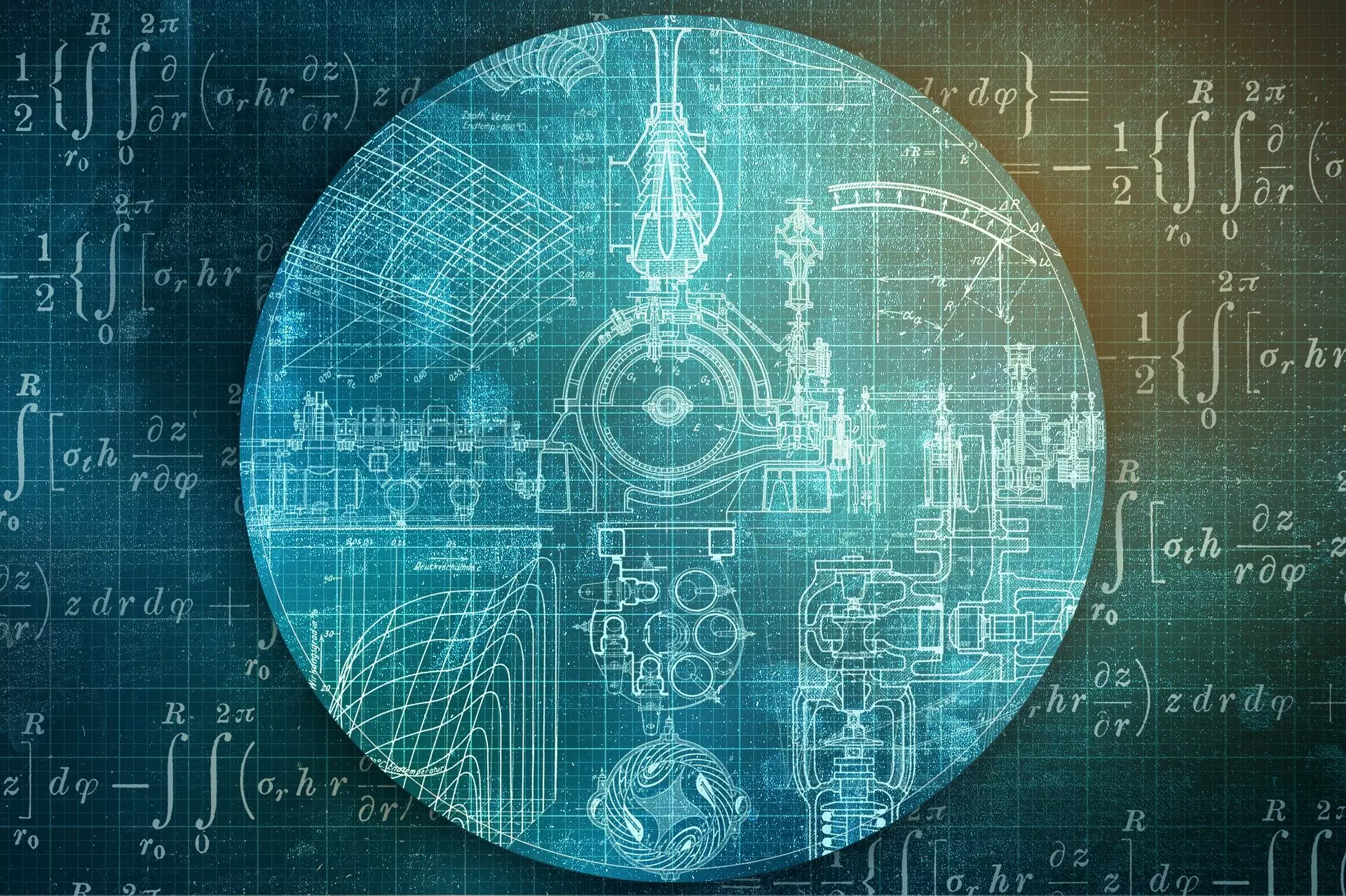In recent years, the field of artificial intelligence (AI) has experienced significant advancements in generative models. These machine-learning algorithms have the ability to learn patterns from data sets and generate new, similar sets of data. Generative models are widely used in various applications such as image and video generation, music composition, and language modeling. One of the most famous examples of generative models is the chatGPT.
However, despite the success and widespread use of generative models, there is a significant gap in our theoretical understanding of their capabilities and limitations. This lack of theoretical foundation can have a profound impact on how we develop and utilize generative models in the future. One of the main challenges facing generative models is their ability to pick samples effectively from complex data patterns, especially in modern AI applications where data is high-dimensional and intricate.
A team of scientists led by Florent Krzakala and Lenka Zdeborová at EPFL has taken on the task of investigating the efficiency of modern neural network-based generative models. Their study, published in PNAS, compares these cutting-edge methods with traditional sampling techniques, focusing on a specific class of probability distributions related to spin glasses and statistical inference problems. The researchers analyzed different types of generative models, including flow-based models, diffusion-based models, and generative autoregressive neural networks, to understand how they learn data distributions and generate new instances.
The team of scientists used a theoretical framework to evaluate the performance of these generative models in sampling from known probability distributions. By mapping the process of sampling in neural network methods to a Bayes optimal denoising problem, the researchers were able to compare how each model generates data by removing noise from information. Drawing inspiration from the world of spin glasses, they explored how these generative models navigate complex data landscapes.
The study compared the efficiency of modern generative models with traditional algorithms like Monte Carlo Markov Chains and Langevin Dynamics. The researchers found that while modern diffusion-based methods may face challenges in sampling due to first-order phase transitions, there are also scenarios where neural network-based models exhibit superior efficiency. This nuanced understanding of the strengths and limitations of both traditional and contemporary sampling methods can guide the development of more robust and efficient generative models in AI.
By providing a clearer theoretical foundation for generative models, this research can help pave the way for the development of next-generation neural networks capable of handling complex data generation tasks with unprecedented efficiency and accuracy. Understanding the complex capabilities and limitations of generative models can lead to the creation of more powerful AI systems that can revolutionize various industries and fields.


Leave a Reply